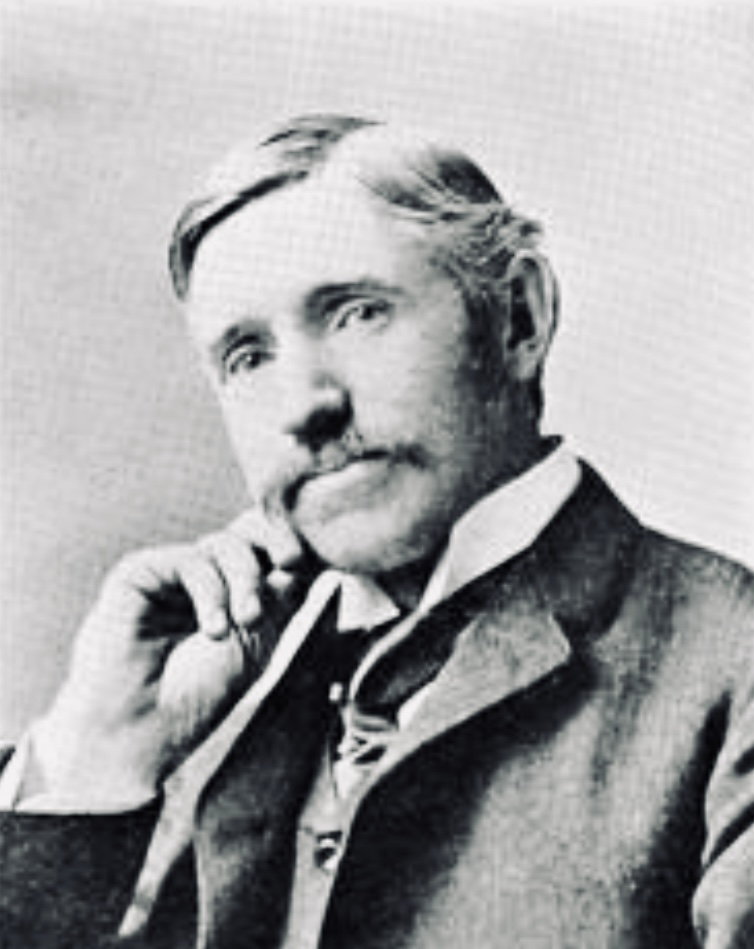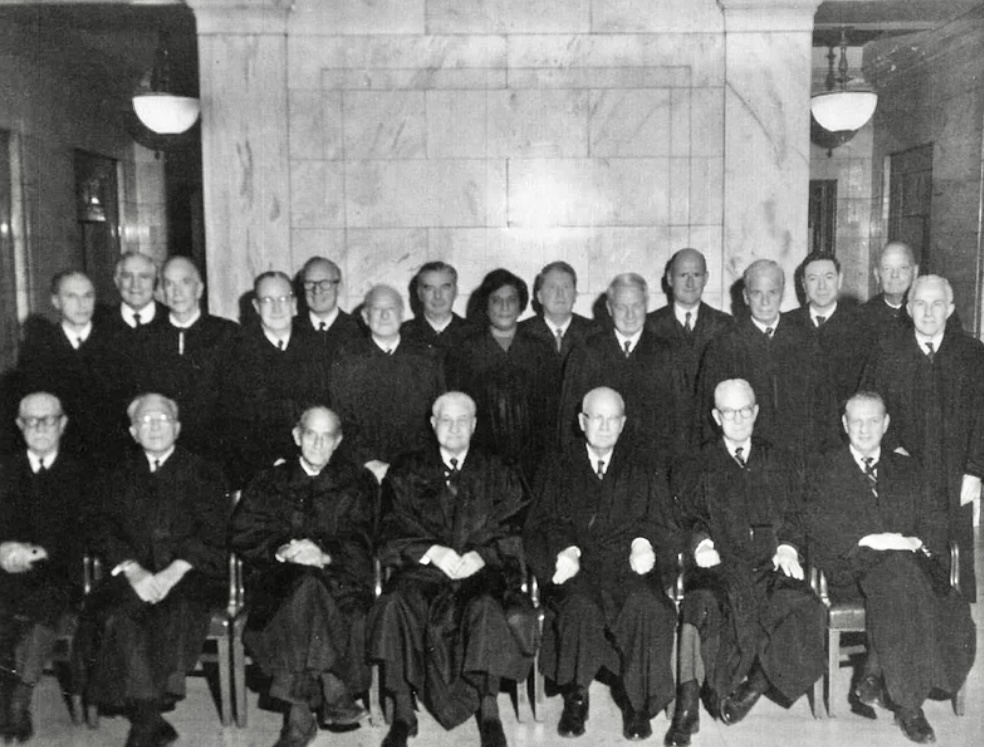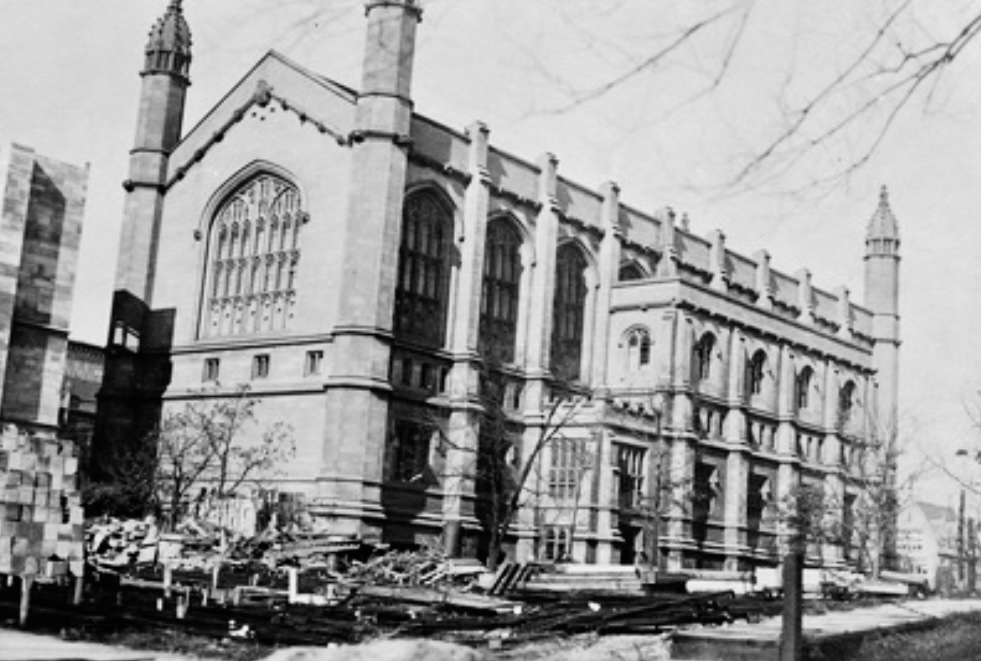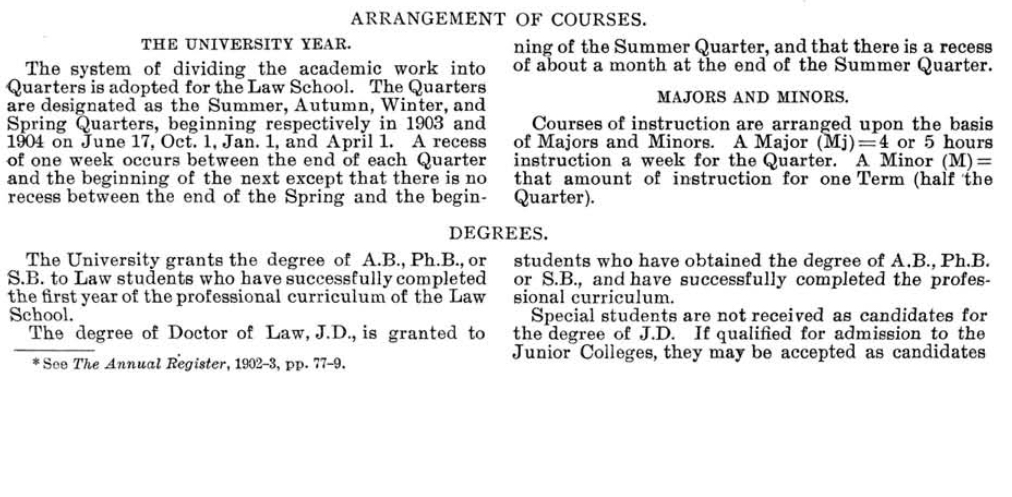An extra special story for the end of the year . . .
This is the tale of someone who wrote the original complaint in Brown v. Board and later became the first black woman appointed to the Federal Bench.
That's the extraordinary Constance Baker Motley and this is her ⚖️🧵 . . .
This is the tale of someone who wrote the original complaint in Brown v. Board and later became the first black woman appointed to the Federal Bench.
That's the extraordinary Constance Baker Motley and this is her ⚖️🧵 . . .

Constance Baker was born in 1921 in New Haven to parents who had emigrated from Nevis.
She was the 9th of 12 children.
Her father, McCullough Alva Baker, was a chef at @Yale, including at Skull & Bones. ☠️ Her mother, Rachel Huggins, would go on to found the New Haven NAACP.
She was the 9th of 12 children.
Her father, McCullough Alva Baker, was a chef at @Yale, including at Skull & Bones. ☠️ Her mother, Rachel Huggins, would go on to found the New Haven NAACP.
Constance's family could not afford to send her to college.
But, as luck and talent would have it, Clarence Blakeslee - a former member of the Yale Corporation & "New Haven philanthropist" - saw her speak at a community center & was so impressed he offered to fund her education.
But, as luck and talent would have it, Clarence Blakeslee - a former member of the Yale Corporation & "New Haven philanthropist" - saw her speak at a community center & was so impressed he offered to fund her education.

That education began with Fisk University in Nashville – a choice she made in part because she had never been to the south.
By her sophomore year, she was ready to move back north.
She transferred to @nyuniversity, graduating in 1943, and then enrolled @ColumbiaLaw.
By her sophomore year, she was ready to move back north.
She transferred to @nyuniversity, graduating in 1943, and then enrolled @ColumbiaLaw.

After graduation, Constance went to work as the first woman attorney for the NAACP Legal Defense and Education Fund.
Who hired her?
The Fund’s founder & future Supreme Court Justice, Thurgood Marshall.
Who hired her?
The Fund’s founder & future Supreme Court Justice, Thurgood Marshall.

It is difficult to capture all that Constance accomplished at LDF. In the words of the @nytimes, she "fought nearly every important civil rights case for two decades."
This included writing the complaint in Brown and arguing 10 cases before the Supreme Court 🏛️- she won 9.
This included writing the complaint in Brown and arguing 10 cases before the Supreme Court 🏛️- she won 9.

As one example, Constance was in charge of the legal campaign that resulted in the admission of James Meredith to the University of Mississippi in 1962.
(She later said that the day he accepted his diploma was the most thrilling day of her life.)
(She later said that the day he accepted his diploma was the most thrilling day of her life.)

But in 1964, Constance decided to try something different: politics.
She became the first black woman elected to the New York State Senate. Soon after, she became the first woman elected Manhattan Borough President.
She became the first black woman elected to the New York State Senate. Soon after, she became the first woman elected Manhattan Borough President.

In 1966, on the recommendation of Senator Robert F. Kennedy of New York - and over the protests of some Southern senators -
President Lyndon Johnson appointed Constance to the U.S. District Court for the Southern District of New York.
President Lyndon Johnson appointed Constance to the U.S. District Court for the Southern District of New York.

This made Constance Baker Motley the first black woman in U.S. history to sit on the Federal Bench.
She became Chief Judge of that distinguished District in 1982, before taking senior status in 1986.
(Below is the Southern District the year Judge Motley joined the Court.)
She became Chief Judge of that distinguished District in 1982, before taking senior status in 1986.
(Below is the Southern District the year Judge Motley joined the Court.)

Looking back on her life, Judge Motley wrote:
"I was the kind of person who would not be put down...I rejected any notion that my race or sex would bar my success in life."
In her success, she created the success of so many others. In not being put down, she lifted us all up.❤️
"I was the kind of person who would not be put down...I rejected any notion that my race or sex would bar my success in life."
In her success, she created the success of so many others. In not being put down, she lifted us all up.❤️

• • •
Missing some Tweet in this thread? You can try to
force a refresh
























